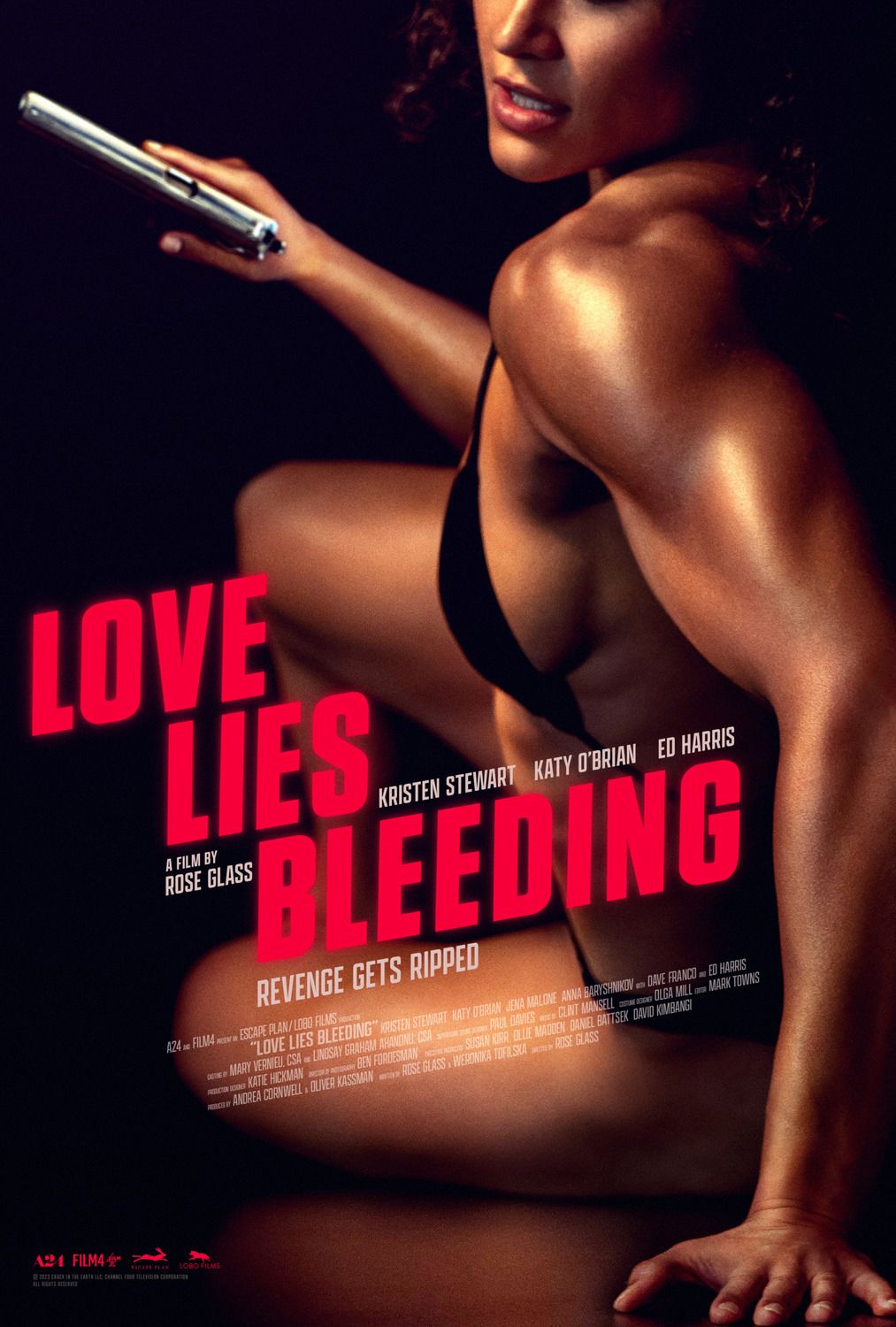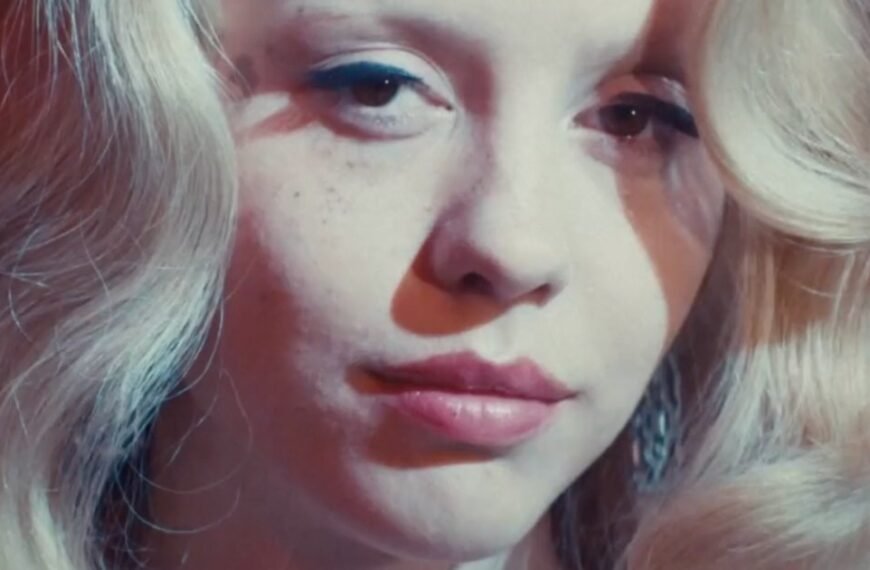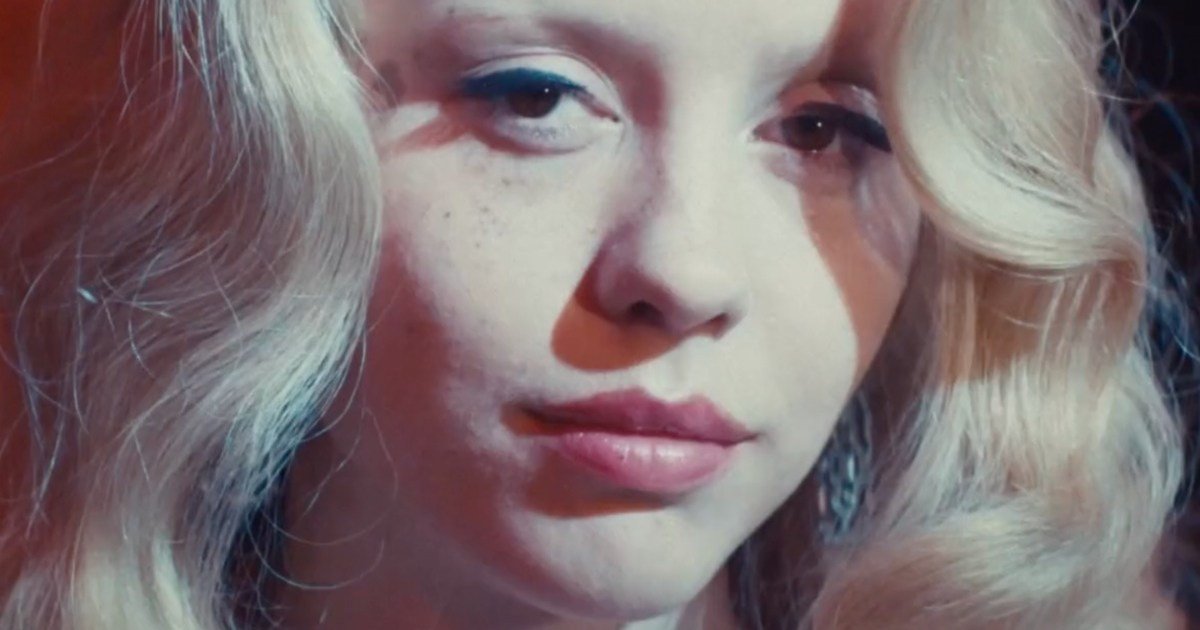Summary
- Sapphic rage films like
Love Lies Bleeding
tap into feminine anger for cathartic storytelling and shock value. - Female muscularity and LGBTQ+ representation in leading roles challenge societal norms in film.
- The proliferation of sapphic rage films reflects a shift towards realistic and diverse LGBTQ+ storytelling.
In a world where feminine rage is often suppressed, on the rare occasion it’s depicted on screen, the catharsis and shock value alone that it inspires is arguably reason enough to justify the need for more films with these themes. Love Lies Bleeding is the latest entry into the genre – or, more accurately, a subgenre beginning to take shape called “sapphic rage.” Sapphic rage films are typically horrors or thrillers, often featuring gratuitous violence and supernatural elements where over-the-top anger and frustration can more neatly be conveyed. It goes without saying that the same emotions men express are so normalized that a supernatural aspect isn’t required for them to make sense to audiences. We can see the same level of intensity in a men’s sports drama or biopic as we do in Jennifer’s Body.
In fact, just making a film featuring a buff, queer woman in a leading role was unprecedented territory. Love Lies Bleeding director Rose Glass noted to Big Issue, “There’s just so many more complicated and often negative reactions associated with female muscularity. Male muscularity is celebrated. Female muscularity still shocks some people.” Her initial curiosity was in exploring the psychology of how and why women like famed American bodybuilder Lisa Lyon take their interest in fitness to the extreme. The seed of this idea grew into the “good for her,” sapphic rage film that it became.
The LGBTQ+ Icons in Love Lies Bleeding

Love Lies Bleeding takes audiences on a journey with two co-leads, building in intensity and surrealism as the movie goes on. The visual identity is that of a Western, as the backdrop is a suffocatingly hot town in ’80s New Mexico filled with criminals and other macho characters. Jackie (Katy O’Brien) is an out-of-towner who’ll do what and whomever to raise enough money to compete in a bodybuilding competition in nearby Las Vegas.
So committed is she to her goal that when Lou (Kristen Stewart) offers her performance-enhancing drugs, she takes them without much persuading. The first third of the film sees the two hastily rushing into a relationship, as Jackie moves in with Lou pretty much the day she meets her. Cue more sapphic tropes, “Babe!” callouts, and physical intimacy between two women than we’ve seen in the past 100 years of cinema combined.
All of the above will likely cement these characters as LGBTQ+ icons, though it’s worth noting that their relationship is anything but healthy. Lou immediately decides that she doesn’t want to let Jackie in on her secret past as her father Lou Sr.’s (Ed Harris) henchman, even though Jackie works closely with him and is, thus, vulnerable.
Jackie, for her part, is so singularly focused – not to mention flattered by the attention Lou gives her when her body starts showing results – that she doesn’t notice the drugs affecting her mind until it’s too late. This buildup is illustrated by bizarre, psychedelic sequences that leave the audience second-guessing if Jackie’s first violent outburst is even real or not. The tone shift is so gradual that it’s almost unnoticeable until suddenly you’re watching a gory crime thriller.
The Proliferation of Films About Sapphic Rage
Love Lies Bleeding is far from the first film to initiate this trend. In recent years, sapphic films have definitely taken a hard left from their moody-gazing-by-the-seaside origins. Films such as Bottoms, Everything Everywhere All at Once, and I Care a Lot all told stories about messy, angry, and/or morally questionable queer women. Sure, one could cite a sense of political urgency or newfound sociocultural freedom as the reasons for this shift.
In reality, though, these newer sapphic staples represent a more realistic (even within the surrealism) range of our emotions. Sapphic films are not confined to period pieces about quiet longing anymore, an oversaturated subgenre that has long been critiqued by the LGBTQ+ community for being too tragic, not diverse enough, and oftentimes still written for the male gaze.
.jpg)
.jpg)
.jpg)
Related
Best LGBTQ+ Movies About Women, Ranked
Here’s a look at the best LGBTQ+ movies about women ranked.
In other words, a refresh was inevitable. A wider array of stories about the queer experience was inevitable. Everything Everywhere All at Once was about a mother’s reckoning with her queer daughter’s alter ego Jobu Tupaki, a character who was only born out of deep pain from not being embraced by her family. Bottoms was a modern coming-of-age story that redefines the high school hierarchy in that the central duo isn’t outcasts for being gay but rather for being “untalented” gays.
It showcases the awkward vulnerability involved with pursuing one’s first queer relationship. The physical violence and gore don’t serve as a contrast to the narrative; they match the intensity one feels as a teenager who is falling in love for the first time. They match the over-the-top, dark comedy in the film that queer people will resonate with, as many of us have turned to humor to cope with our struggles.
We’re at a moment in media history where queer women are finally being allowed to take the lid off and show mainstream audiences the true angst, sorrow, frustration, etc., involved with finding acceptance (from family/of your body/of yourself), finding love (first crush/first relationship), and other aspects of this lived experience. Love Lies Bleeding includes all of the above, straddling the thin line between love and obsession. It’s as unabashedly “out” as it is a wild ride – which is precisely the sapphic rage film slogan. Love Lies Bleeding is available to rent on Prime Video.


















